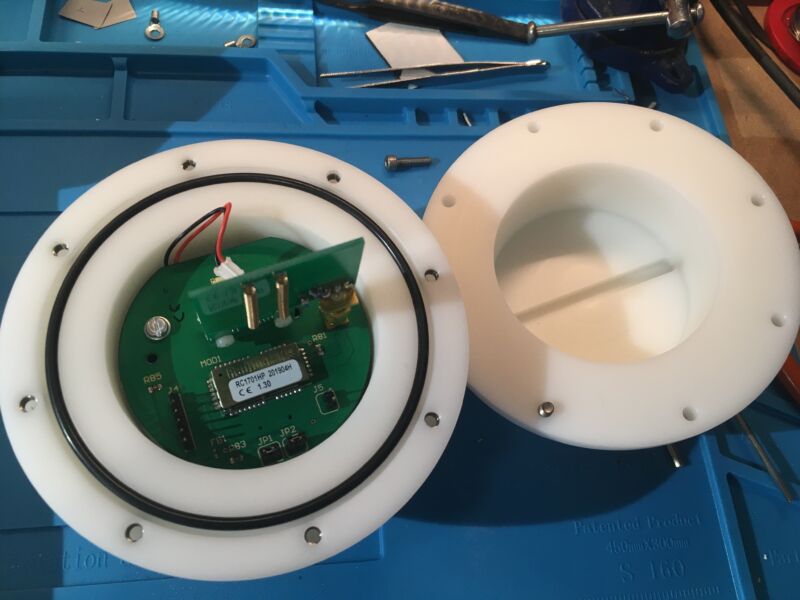Building electronics that can survive under Greenland’s ice sheet

Enlarge / Sensors, support electronics, and a transmitter are all encased in a pressure-proof shell. (credit: Michael Prior-Jones)
Through the GRACE satellite program, researchers have shown that Greenland's ice sheet has been losing about 280 billion tons of ice each year-the equivalent of close to 1.5 million Olympic swimming pools. For glaciers like those in Greenland and Antarctica, most of this meltwater ends up in the ocean-with already noticeable consequences for rising sea levels.
Better predictions of future sea level rise will require us to understand what meltwater is doing inside-and especially underneath-glaciers. But to do this, researchers need to take measurements through a glacier. Earlier this month, electrical engineer and glaciologist Dr. Michael Prior-Jones and his collaborators in the UK, Switzerland, Denmark, and Canada published their redesigned version of a wireless subglacial probe-the Cryoegg-to help study the inner plumbing" of glaciers.
Glacial obstaclesThe meltwater flowing through and underneath glaciers can end up in small pockets, large lakes, or fast-moving rivers-each of which destabilizes the overlying glacier to different degrees. Subglacial lakes can cause entire sections of the glacier to shift. By contrast, subglacial rivers channel meltwater into a smaller area, causing comparatively less glacial movement.
Read 15 remaining paragraphs | Comments